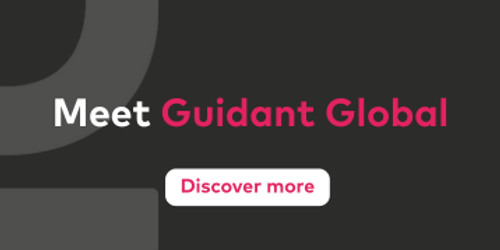
How AI and machine learning can optimise your workforce
Artificial intelligence (AI) is driving huge change in almost every industry. But how can AI technology assist HR and talent acquisition teams to find the right candidates in an increasingly competitive talent market?
Technology has been changing the way we attract, engage and retain top talent for some time. The digital transformation of HR is, without doubt, well underway.
Workforce technologies — such as applicant tracking systems (ATS) and vendor management systems (VMS) — are already used in some forward-thinking organisations, either through a business’ own technologies or through the tech implemented by their MSP or RPO provider.
AI brings yet another monumental shift in workforce management. From pre-screening resumes to removing bias from job adverts, predicting future hiring needs to enhancing employee engagement, artificial intelligence is poised to be truly transformational.
Of course, there are some that see artificial intelligence as yet another highly-publicised technology that won’t see the light of day in the workforce solutions industry. But the truth of the matter is AI is already with us.
Addressing some of the ethical concerns of AI
As with any new technology, there are some ethical concerns. In recent years, recruitment AI and machine-learning technologies have sometimes favoured male candidates over female candidates when supplied with bad data — the most high-profile case being at Amazon. But if these technologies are well-utilised and fed with validated data, such biases can be eliminated.
Meanwhile, some techno-futurists predict AI will replace human HR altogether. But the reality is destined to be very different. Rather than replace people, artificial intelligence will optimise processes — enabling HR professionals to create more strategic workforce plans, expand their skillsets and increase their influence within their businesses.
Instead of full-scale automation, the future of HR seems to be one of augmentation, with people increasingly at the heart of big, impactful decision-making.
Such a future certainly looks bright for human resources professionals, but where exactly will we see AI making the biggest impact?
Machine-learning technology will optimise job adverts (and help you find the best talent)
Programmatic advertising’s machine-learning technology is an excellent example of automating job ad placement. It automatically buys, places and optimises job ads across multiple platforms — from Facebook ads to job board posts — to improve the quality of hire.
Likewise, Textio, an innovative augmented writing platform, optimises the language and removes bias from job adverts, ensuring maximum traction among people from all backgrounds. For HR, recruiters and hiring managers, both of these HR technologies have the potential to remove a great deal of wasted time and effort from the hiring process.
AI-powered VMS technology helps predict future hiring needs
A large part of MSP implementation is the introduction of technology, such as a vendor management system (VMS). VMS technologies assist in talent acquisition, services and contingent workforce management processes.
Both SAP Fieldglass and Beeline (utilised by Guidant Global in our MSP programs) harness the power of AI to turn complex, big data into actionable insights to enable better, more strategic workforce management decisions.
Like MSP solutions, AI-backed VMS technologies are only really efficient with a high-volume contingent talent need. Naturally, larger quantities of data produce better actionable insights. Without such data, the impact of employing a VMS within an MSP program is negligible.
For large organisations, the insights generated by VMS technologies can, however, help businesses predict future talent needs. In an age of digital transformation, skills shortages and agility by necessity, utilising artificial intelligence can be the difference between attracting the right talent at the right time and trailing behind the competition.
The takeaway: AI will drive huge growth in the future job market
By 2022, the World Economic Forum predicts that AI will globally create 133 million new roles. With skills shortages already at acute levels in many industries, these roles will inevitably be difficult to fill. But with the AI-powered workforce management technologies in place, you can predict when they’ll be needed in your organisation and ensure you find the best talent on the market.
Australia
Suite 1403, Level 14
309 Kent Street
Sydney
NSW 2000
United Kingdom
United States
27777 Franklin Road
Suite 600
Southfield
Michigan 48034



